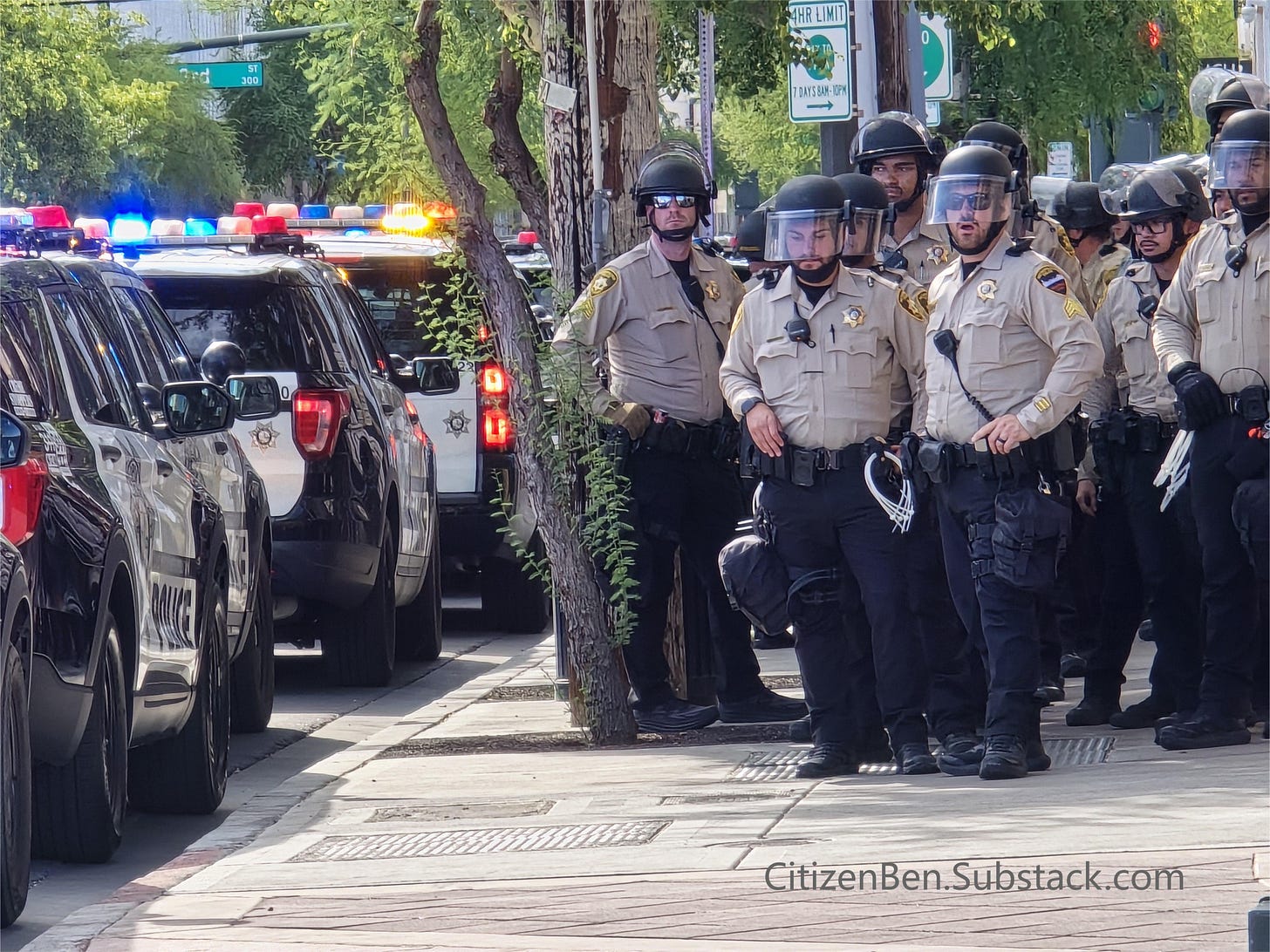On Saturday, June 14, coinciding with Flag Day, Donald Trump’s 79th birthday, and the U.S. Army’s 250th anniversary parade, cities and towns across America transformed. Dubbed “No Kings Day”, the nationwide expression of resistance took place in over 2,000 cities and towns, with organizers reporting more than 5 million people participating.
From rural hamlets to major metros, the scale of mobilization was unprecedented, with some even calling it “the largest single‑day protest in U.S. history”.
Numbers by the Crowd
National aggregate: Over 5 million participants across ~2,100 locations.
Major cities:
New York City: ~50,000 protesters across Manhattan, Brooklyn, and Queens.
Los Angeles: Organizers estimate 200,000; other sources note 25,000 at City Hall alone.
San Diego: ~60,000 protesters
San Francisco: ~50,000 participants.
Regional strongholds:
Boston, MA: Over 1 million joined the combined Pride + “No Kings” march on Boston Common.
Philadelphia, PA: ~80,000 protested near the Art Museum.
Chicago, IL: Over 75,000 attended the Chicago rally.
Denver, CO: Thousands rallied at the State Capitol; dozens arrested following roadside clashes.
Seattle, WA: “Tens of thousands,” per Seattle Police.
Mid-sized cities & states:
Phoenix, AZ: ~20,000 at Wesley Bolin Plaza.
Salt Lake City, UT: ~10,000 at Pioneer Park.
Las Vegas, NV: Two protests, the morning New York New York Casino march and the afternoon County Courthouse rally, had over 7,000 participants.
Louisville, KY: ~4,000
Hartford, CT: 9–10,000
Vermont: Burlington drew ~16,000; Stowe about 500
Alabama: • Mobile ~2,000; Montgomery ~400; Tuscaloosa a few hundred; other towns small gatherings.
Arkansas: Fayetteville ~5,000; Little Rock ~8,000.
These estimates reflect both grassroots energy and deep political resolve, united under a banner of civic defense.
Messaging
Although diverse in location, nearly all protests shared a unifying tone:
Peaceful and patriotic: Thousands waved flags (some upside‑down as a signal of distress) and brandished signs reading “No Kings,” “Defend Democracy,” and “Stop the Raids.”
Voices of unity: Attendees included immigrants, veterans, civil‑rights leaders, families, queer and trans community members. In West Hollywood alone, artists and allies displayed vibrant signage, and speakers like Rosanna Arquette and Dustin Lance Black addressed crowds of “thousands.”
Shared conviction: Demonstrators decried authoritarianism, military excess (in light of the parade), and the intensifying ICE raids of early June, especially those targeting undocumented people in LA and along the border.
A turning tide: Many noted that anger had begun to transform into hope. The crowd energy was “different”—a shift marking a new era of civic determination.
Tensions & Tragedy
Despite widespread peace, isolated flashpoints emerged:
Los Angeles & Portland: Police used tear gas and crowd-control munitions after events escalated slightly post-march.
Salt Lake City: A protest wounded one bystander, fashion designer Arthur Folasa Ah Loo, who later died. The incident involved armed individuals and responding peacekeeper gunfire; a suspect, Arturo Gamboa, was arrested and charged with murder.
California & Virginia: Other encounters included assaults and vehicular hits on protesters.
Several Governors had preemptively activated the National Guard to ensure security, and law enforcement responses were mainly localized.
Why It Matters
Democracy’s Defense: Protesters cast No Kings Day as part of a patriotic mission to preserve democratic norms against perceived authoritarian drift, especially under mounting ICE enforcement and militarism.
Scale & Scope: More than 5 million people across thousands of locales — the movement’s scale mirrors, or even outpaces, past watershed demonstrations in American history.
Political Echo: As a bellwether, the day has energized civic engagement nationwide and is being referenced as a potential catalyst for political mobilization leading into the 2026 midterms.
Global Spotlight: Even international voices, such as China’s state media, seized on No Kings Day as evidence of fracturing American global authority.
What Comes Next?
Momentum: Organizers and civil‑rights groups have pledged to sustain pressure through monthly rallies, digital campaigns, and legislative lobbying.
Local policy: Some states are reviewing or pushing back on aggressive ICE enforcement—mass protests often precede policy shifts.
Civic shift: With half a decade of unrest, public focus now appears sharply tuned to democratic reform, civic participation, and resisting authoritarian norms.
No Kings Day, June 14, 2025, stands as a testament to America’s enduring democratic heartbeat. From small-town squares to massive urban rallies, citizens spoke with overwhelming clarity: “No.” No to authoritarian impulses, no to undermining immigration justice, no to militarized governance, and yes to a democracy loved deeply by the American people. In unity, they declared: We are not subjects. We are citizens.







